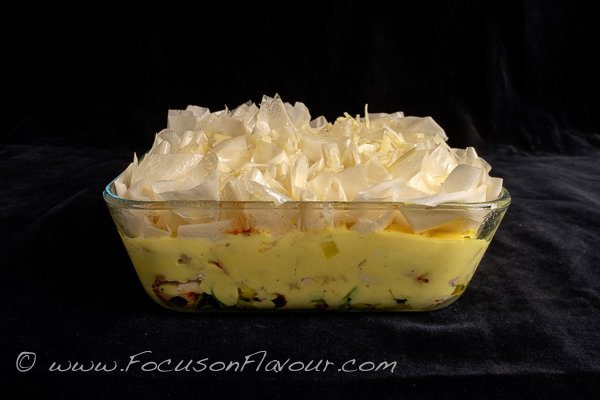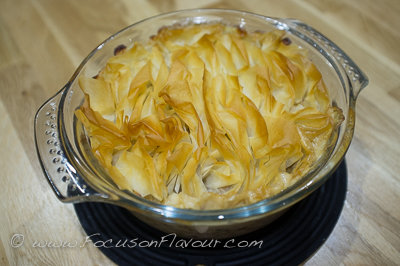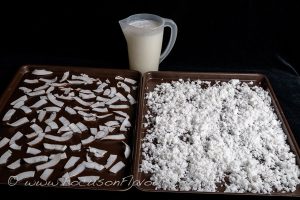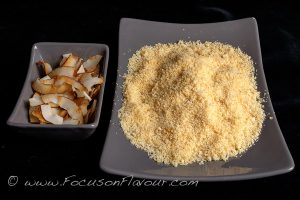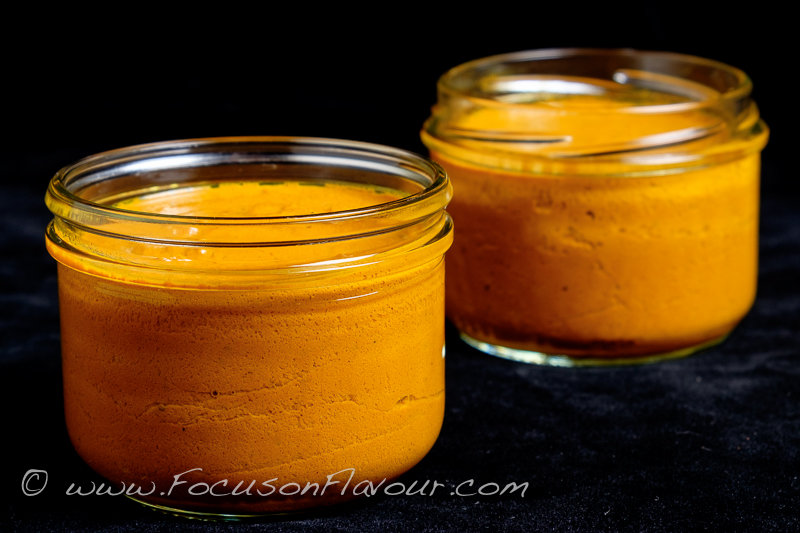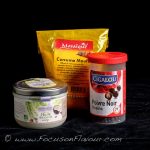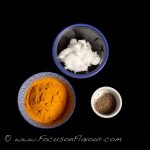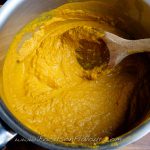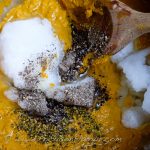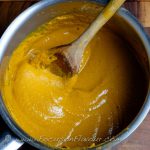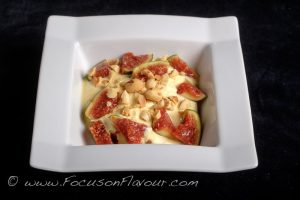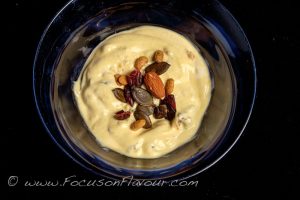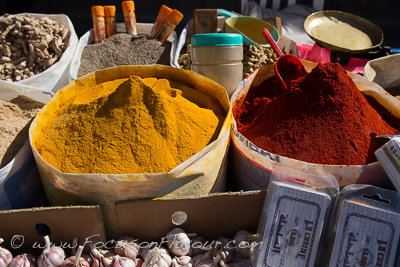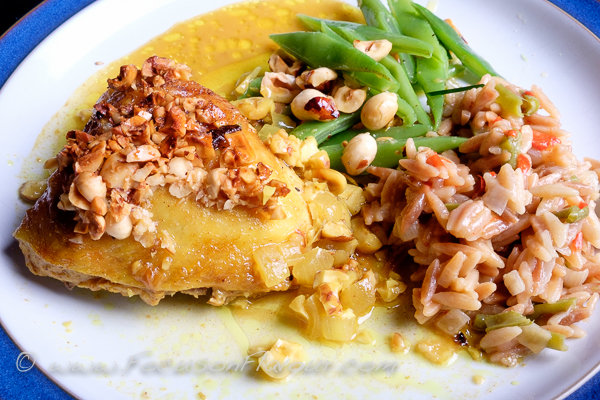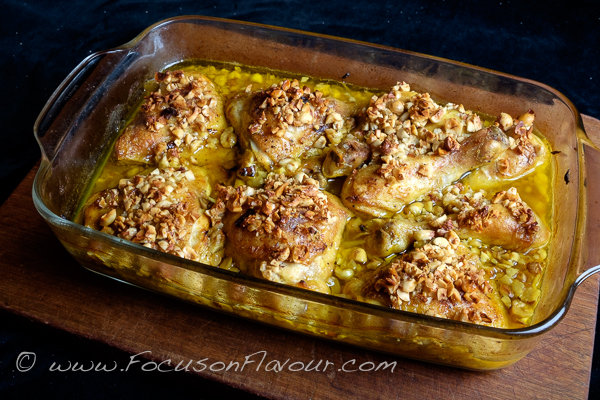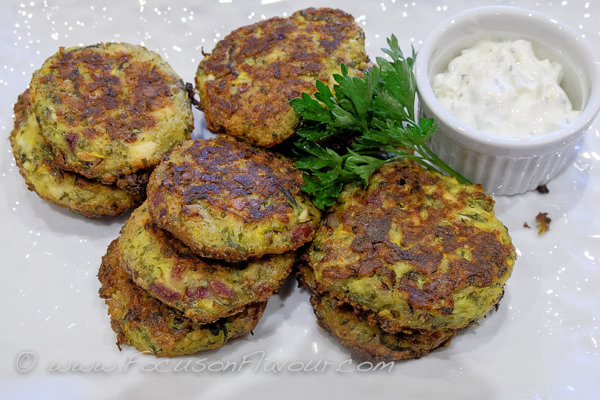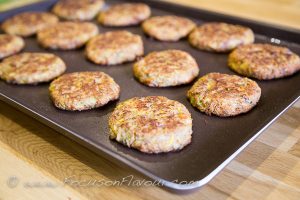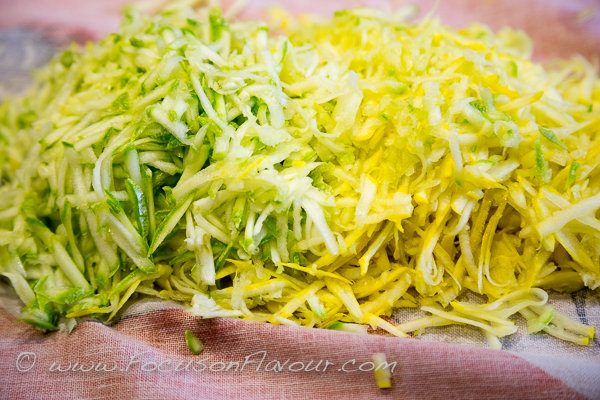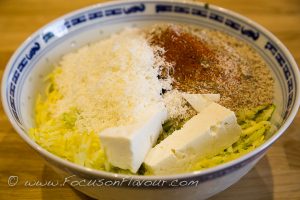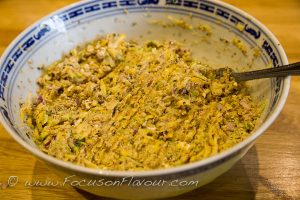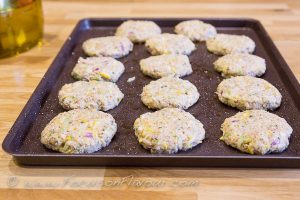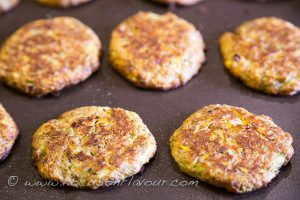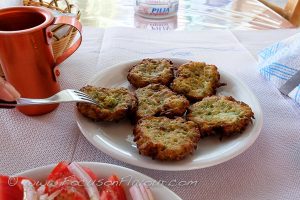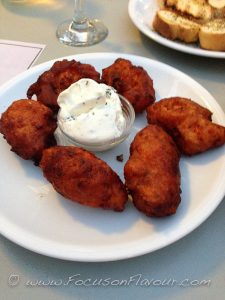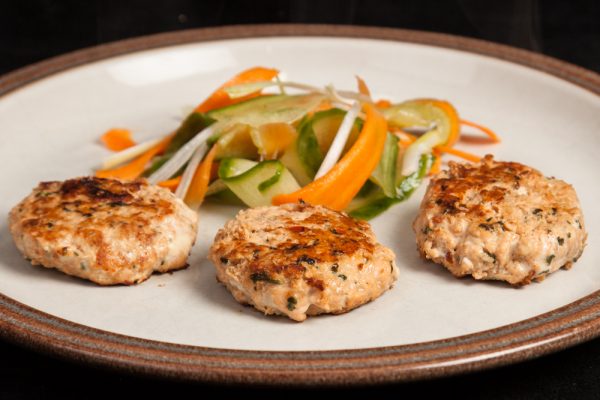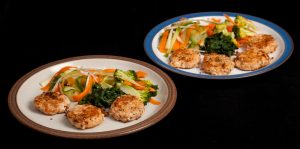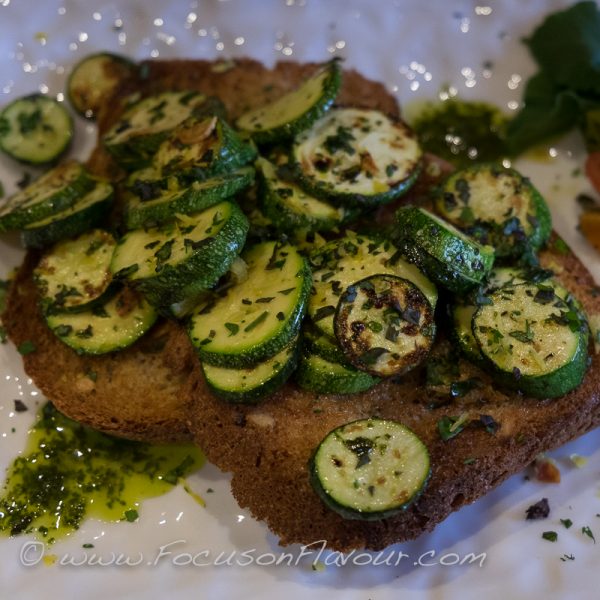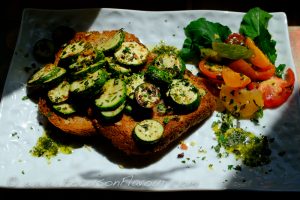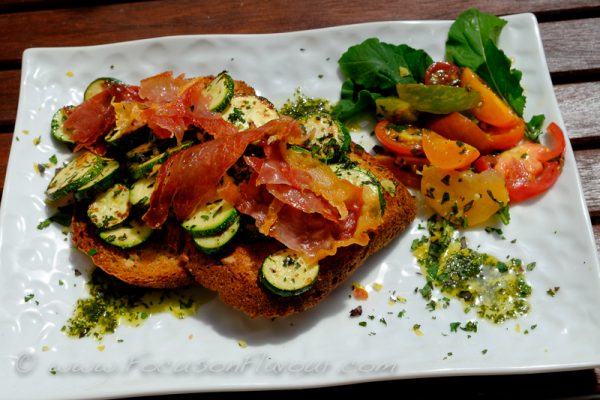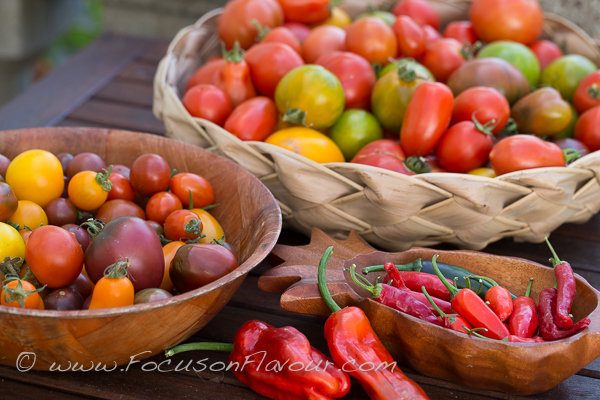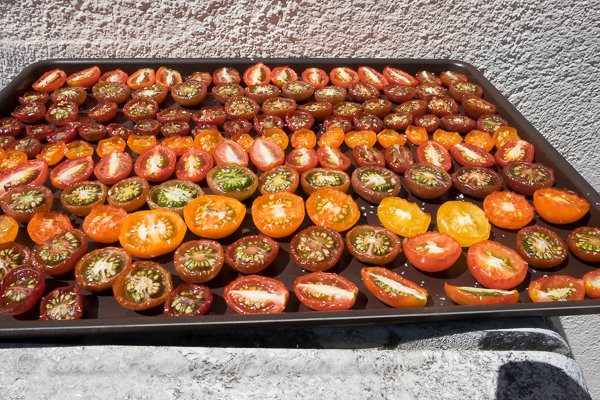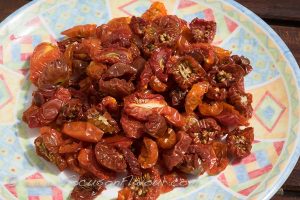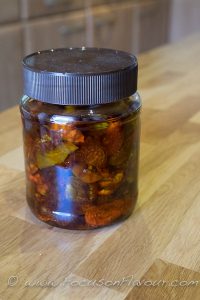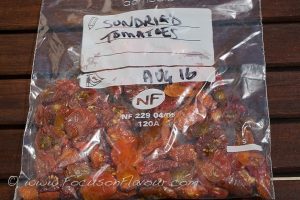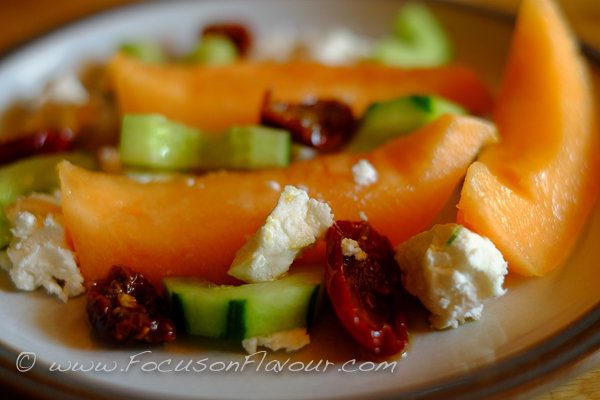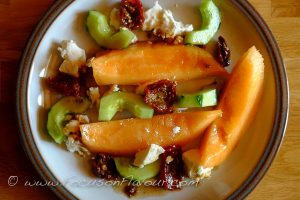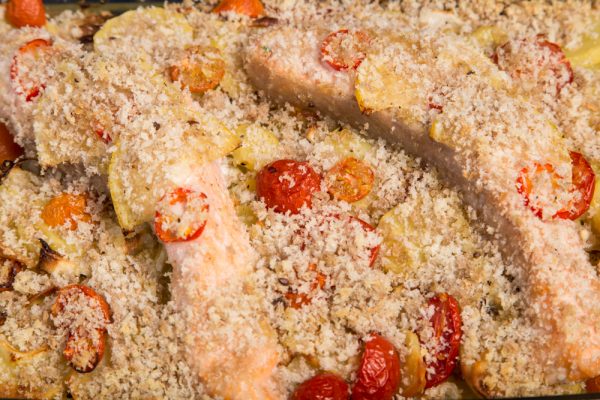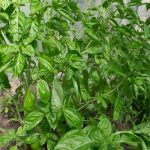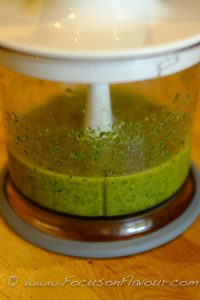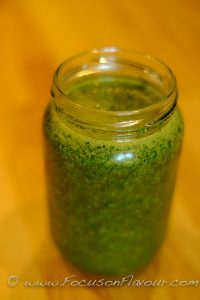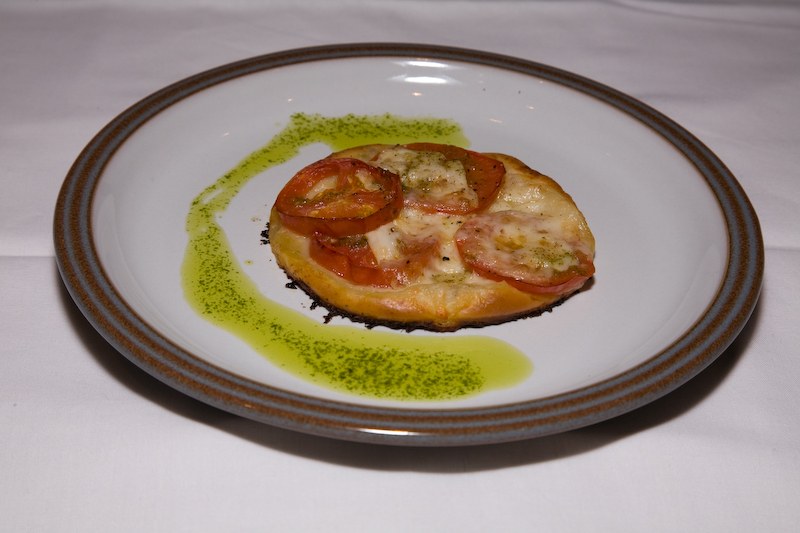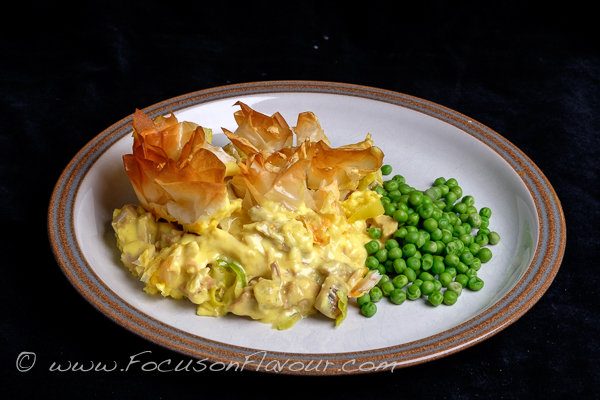 Continuing with my theme of using turmeric in more dishes and making delicious, healthy, well balanced meals…
Continuing with my theme of using turmeric in more dishes and making delicious, healthy, well balanced meals…
When you are cutting back on starchy carbs, but not cutting them out altogether, a little filo pastry can provide a fantastic (and also quick and easy) topping for a pie.
Here I have layered some softened leeks and mushrooms, followed by chopped cooked turkey, and pieces of cooked ham, topped with a creamy sauce with added golden paste. Then taking one sheet of filo per person, I cut each sheet into small squares and scrunched these up to cover the top of the dish. Sprayed or brushed very lightly with olive oil, then baked in a hot oven for about 20 – 25 minutes, until crisp and golden.
This would work equally well with fish or lentils, in fact there are probably hundreds of different possibilities! This is one of my favourite things to do with the Christmas leftovers – I put up a picture last year, but here is the recipe, complete with calorie counts.
My luxury version comes out at
Per serving:
490 kcals 25g Fat, 28g Carbs, 38g Protein
You could reduce this by 100 kcal per portion by using all semi-skim milk and swapping the cheese for a tsp of tamari soy sauce. So a delicious fast day main dish at only 390 kcals! Counts would be similar if you used about 100g of white fish or cooked lentils per person, instead of the meat. Calorie counts in brackets.


- 300g cooked turkey or chicken, chopped into chunks (510)
- 130g cooked ham, cut into cubes (117)
- 7g unsalted butter (50)
- 2 medium leeks, sliced (100)
- 100g mushrooms, sliced (22)
- 4 sheets filo pastry (264)
- 1.5 tsp olive oil (60)
- 15g / 1 tbsp butter (102)
- 20g plain flour (68)
- 200 ml semi skimmed milk (80)
- 100ml cream (292)
- 1 egg, beaten (72)
- 50g grated cheese (203)
- ½ tsp freshly grated nutmeg
- pinch cayenne powder
- sea salt and freshly ground black pepper, to taste
- 2 tsp golden paste (22)
- Preheat the oven to 180c (fan)
- Melt the butter in a frying pan and gently sauté the leeks and mushrooms, until softened.
- Meanwhile, to make the white sauce, melt the butter in a saucepan and add the flour.
- Stir well and cook over low heat for a minute or so, then gradually add the liquid, stirring well after each addition to keep it smooth.
- Keep stirring until it comes to a simmer, then add the beaten egg, seasoning, grated cheese and golden paste and mix in well.
- Put the vegetables in the bottom of an ovenproof dish.
- Layer the meat, fish or pulses on top.
- Pour the sauce over.
- Now cut the filo pastry into 3 strips and each strip into 3 squares or rectangles.
- Scrunch up the pastry and distribute evenly over the top of the pie dish, then spray or brush lightly with olive oil.
- Bake in the oven for about 20 - 25 minutes, until crisp and golden.
- I used a mix of milk and cream, as that is what I had leftover. A little cream does give a lovely luxurious texture, but you could cut the calories down by using all milk. Of course, you can use non-dairy milk if you prefer.
- The cheese again, adds a little extra savoury kick to the sauce,and I had some scraps to use up - but for a non-dairy dish, you could add some other flavouring, such as soya, worcestershire or nutritional yeast.
- 490 kcals 25g Fat, 28g Carbs, 38g Protein
- You could reduce this by 100 kcal per portion by using all semi-skim milk and swapping the cheese for a tsp of tamari soya sauce. So a decent fast day main dish at 390 kcals!

